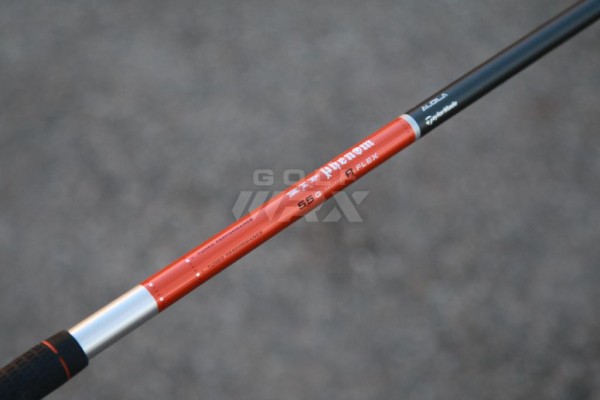Save some time and frustration when self-fitting the R1 to your swing. TaylorMade R1 Loft Settings. Many club experts say that the best way to set up your R1 is to first adjust the loft then work on the other settings. But the fact of the matter is that the loft of this driver affects the face angle. Each position creates a different loft setting or angle of the head. You’ll see a small arrow on the hosel. This shows you where you need to set the hosel position to have that setting take effect. If you’re an amateur, we suggest choosing a higher loft. A high loft setting. Taylormade R1 Driver Settings Chart Taylormade R1 Driver Settings Chart file: craftsman router instruction manual mathematics march 2014 n1 paper mph1fp mark scheme jan 2014 manual chevrolet malibu 2012 learnerships at capitec bank 2015 escuela argentina general manuel belgrano polaris sportsman 500 2003 factory service repair. Is taylormade r1 driver settings chart below. If you have an internet connection, simply go to BookYards and download educational documents, eBooks, information and content that is freely available to all. The web page is pretty simple where you can either publish books, download eBooks based on authors/categories or share links for free.

There’s nothing more relaxing than heading out to the course on a beautiful, sunny day. Unless, of course, you’re trying to dial in your TaylorMade R1 driver for the first time. While the TaylorMade R1 driver is a beautiful piece of technology, it’s not for the faint of heart. With 168 possible settings, you could spend the rest of your life trying to set it up. Don’t dismay. You can arm yourself with a little bit of knowledge about the loft settings and how they affect the rest of the club. Save some time and frustration when self-fitting the R1 to your swing.

TaylorMade R1 Loft Settings

Many club experts say that the best way to set up your R1 is to first adjust the loft then work on the other settings. But the fact of the matter is that the loft of this driver affects the face angle. You’re going to have to address both at once. Adjusting the loft from 8 degrees to 12 degrees is possible. But the 12 different settings affect the face angle. Increasing the loft by one degree closes the face angle by two degrees. Inversely, decreasing the loft by one degree will open the face angle by two degrees.
This means that at the standard position, the club’s face angle is neutral, but the loft is 10 degrees – not a bad starting point. Turn down the loft to the minimum 8 degrees. Suddenly your face angle is 4 degrees open. With the loft set at the maximum of 12 degrees, the face angle is 4 degrees closed. What this means is that you’re going to have to assess your needs before you even begin to tweak your driver. You can dial in the face angle using the sole plate adjustment if you know what loft angle you need. Consider these two settings together to get the best results.
What Do Loft and Face Angle Do for My Swing?
Taylormade R1 Driver Manual
Loft is the angle of the club head in relation to the ground. The higher the loft, the better able you are to pop your ball into the air. While the pros may not need a lot of loft, weekend golfers generally play better if they use higher loft clubs. The extra pop of an 11 or 12 degree loft can get your ball moving with less resistance than with an 8 or 9 degree loft.
Face angle adjusts the club in the other direction. In other words, it changes the relationship of the tip of the clubface to the ball. A neutral face angle puts the club face and the ball roughly parallel to one another, depending on how you approach the ball. An open face angle moves the club face’s tip away from the ball. A closed face angle moves it toward the ball. The face angle will determine how your ball slices or fades when you hit it square. Closed face angles help to counteract slices, making it easier for players to hit the ball straight.
Choosing R1 Settings
If you’re a casual golfer, the best settings for you mid to high loft with a closed face angle. This setting is ideal because most casual golfers tend to slice the ball off the tee. It’s best to start at factory neutral settings of 10 degrees and neutral face. Then you should make the necessary adjustments as you swing through a few buckets of balls at the range. Again, it should make the most sense to increase the loft and close the face – or maybe it will be just right!